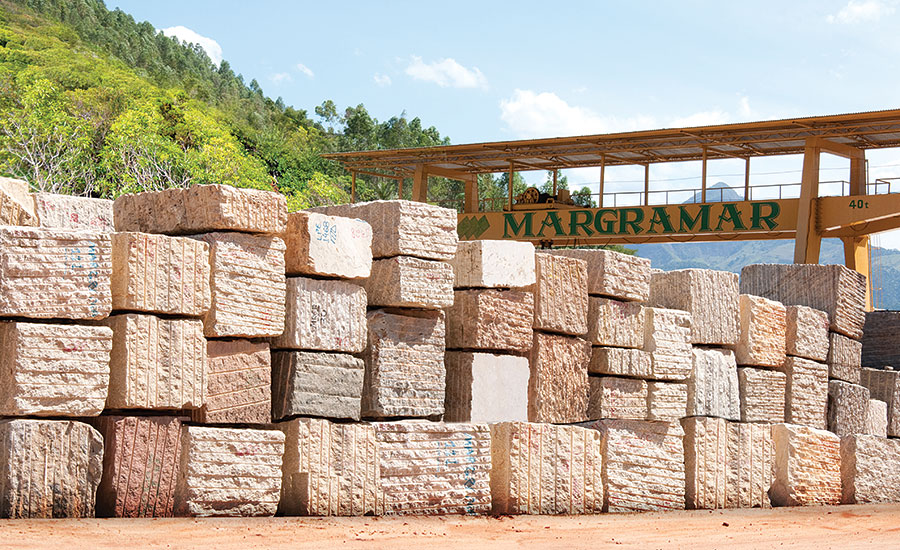Diving right into of Granite Quarries in South Africa
Diving right into of Granite Quarries in South Africa
Blog Article
Introducing the Mysteries of Granite Quarrying: Where Strength and Elegance Meet
The globe of granite quarrying is a world where the raw strength of nature converges with human virtuosity to produce frameworks that stand the examination of time with an air of sophistication. From the depths of quarries to the thorough polishing in workshops, the process of changing granite right into building marvels is a complex dancing of tradition and technology. As we peer into the midsts of this ancient craft, we start to discover the concealed ins and outs that shape the extremely significance of our developed environment.
The Origins of Granite Quarrying
In the record of building background, the origins of granite quarrying are shrouded in a tapestry of ancient craftsmanship and geological marvels. Going back to ancient Egypt and Mesopotamia, the extraction of granite from quarries noted the beginning of a trip that would at some point result in the production of some of the world's most renowned frameworks.
Granite quarrying's origins can be traced to the experienced artisans who identified the rock's toughness and aesthetic appeal. Via a combination of primitive tools and sheer resolution, these early quarry employees uncovered granite blocks that would certainly become the structure blocks of people.
As worlds evolved, so did the strategies of quarrying granite. The Romans, renowned for their design expertise, established advanced methods for drawing out granite to create monoliths, temples, and roadways that stood the examination of time.
The legacy of these old quarrying practices remains to shape modern design, with granite continuing to be a symbol of toughness and sophistication in construction projects around the world. (granite quarries in south africa)
Devices of the Quarrying Profession
The development of granite quarrying techniques from ancient civilizations to modern-day times highlights the vital function played by the tools of the quarrying profession in forming the industry's practices. In ancient times, quarrying devices were rudimentary, usually being composed of knives, hammers, and wedges made from materials like bronze or iron. These tools needed significant workforce and time to remove granite blocks from quarries.

Furthermore, the introduction of pneumatic devices and high-powered equipment has actually significantly lowered the physical labor needed in quarrying operations, improving worker safety and security and efficiency. As the quarrying industry remains to innovate, the tools of the profession remain at the leading edge of driving development and forming the future of granite extraction.
Extracting Blocks of Granite
Using accuracy machinery and progressed methods, the extraction of granite obstructs from quarries has actually become an innovative process in the contemporary quarrying sector. The initial step includes identifying the location and size of the granite down payment to figure out one of the most efficient removal technique. As soon as an ideal website is picked, the removal process starts with the drilling of openings for the placement of dynamites. Managed blasting methods are after that employed to disintegrate the granite into manageable areas.

Polishing and Ending Up Methods
To achieve a perfect surface on granite blocks, knowledgeable craftsmens utilize a collection of careful polishing and ending up strategies. After the initial removal and shaping procedures, the granite blocks Our site go through a complete polishing stage to enhance their natural appeal and resilience.
Along with polishing, finishing methods are related to more fine-tune the granite's appearance. These methods may include flaming, honing, or brushing, each offering special appearances and coatings to suit various aesthetic preferences. Flaming, for example, includes exposing the granite surface to heats to develop a rough, textured finish, ideal for exterior applications where slip-resistance is essential. Refining, on the various other hand, gives a matte surface that is smooth to the touch, best for indoor countertops and floor covering. By meticulously picking and using these polishing and ending up techniques, craftsmens can transform raw granite obstructs into charming items that display both toughness and elegance.

Ecological Impact and Sustainability
With the expanding focus on ecological consciousness in the market, granite quarrying practices are significantly looked at for their effect on all-natural resources and long-lasting sustainability. Quarrying for granite can have considerable environmental ramifications. The extraction procedure frequently includes using hefty machinery, nitroglycerins, and large quantities of water, causing environment devastation, soil erosion, and water air pollution. Additionally, the transport of granite from quarries to processing facilities produces carbon discharges, further contributing to ecological destruction. granite quarries in south africa.
To alleviate these impacts and make certain sustainability in granite quarrying, industry stakeholders are adopting different measures. Implementing advanced innovations to lower power usage and water use, recovering quarried land for ecological repair, and advertising responsible sourcing techniques are some techniques being employed. Certifications such as the Forest Stewardship Council (FSC) and the Leadership in Power and Environmental Layout (LEED) help customers identify ecologically friendly granite products.
Final Thought
In conclusion, granite quarrying is a procedure that needs specialized devices and strategies to extract blocks of granite and brighten them to a high degree of coating. While the ecological effect of quarrying can be this post considerable, initiatives are being made to enhance sustainability techniques in the market. In general, granite quarrying is a fragile balance between harnessing the toughness and sophistication of this natural stone while reducing its effect on the setting.
Report this page